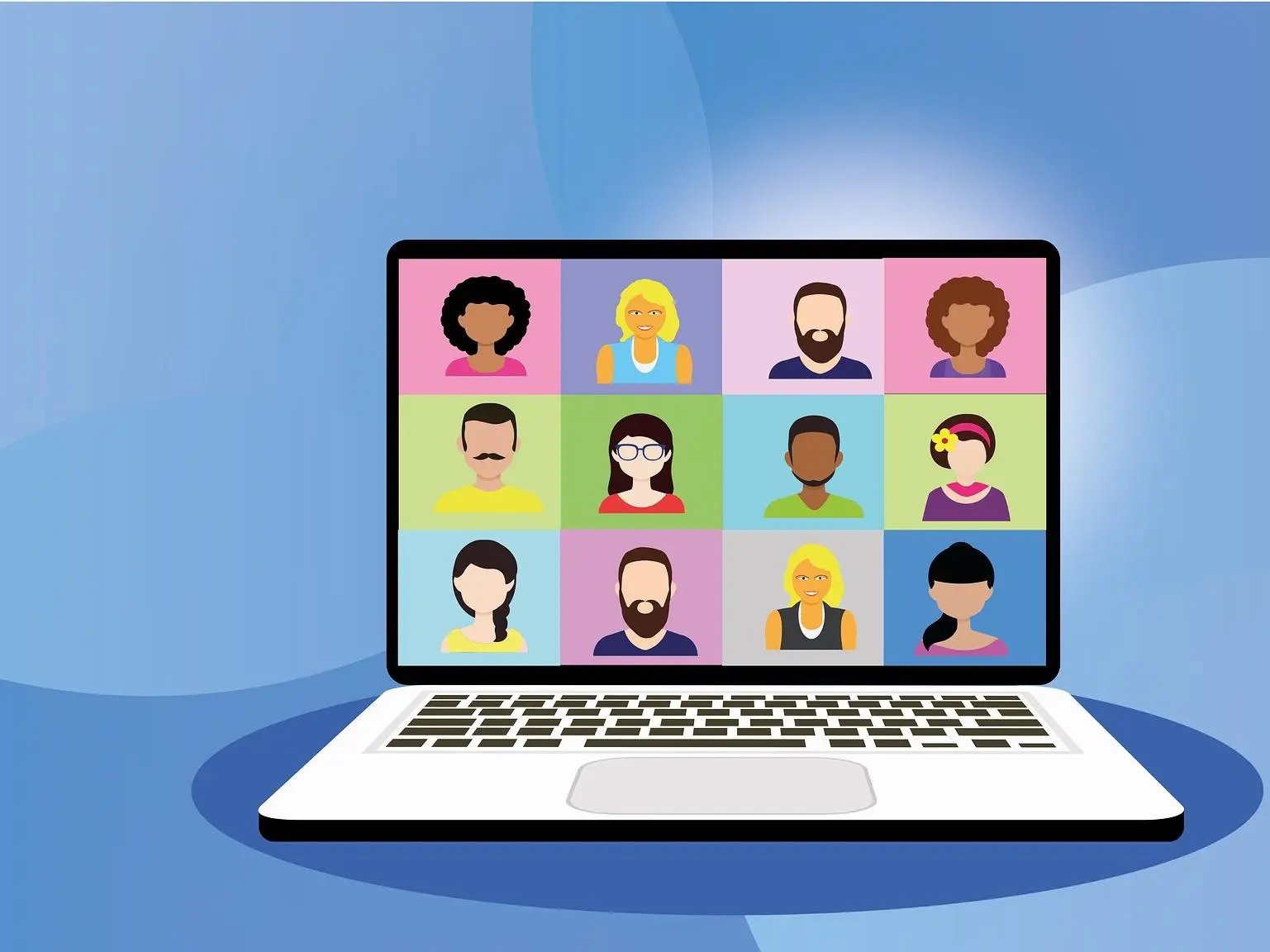What do you do when your boss follows you on Instagram or you want to multitask during a video call?

New paper explores the emergence and regulation of digital social norms.
A new paper from LSE published in the International Journal of Human-Computer Interaction investigates how digital social norms and netiquette (internet etiquette) emerge, how they have developed over time, and how they are regulated.
Through a literature review on netiquette and conducting focus groups with young professionals, the researchers find that netiquette is not simply a subset of offline etiquette. Instead, it has many of its own rules and cultures and although these are frequently influenced by offline behaviour and expectations, this is not always the case.
Indeed, digital social norms are increasingly spilling over to the offline. This is especially the case now that digital interactions have become more common than face-to-face interactions for some people.
The researchers reiterate that netiquette is often implemented in organisations or platforms as a set of written down, explicit rules. But such rules are bound to fail as netiquette dynamically adapts through behaviour, interactions, and contextual factors. As such, the paper conceptualises netiquette as digital social norms.
Discussion with the focus groups showed that netiquette is formed as a result of several intertwined processes, including individual learning through trial and error where you copy the online behaviour of someone who is more senior or tech savvy than you.
Digital social norms are also commonly developed through group learning, where people implicitly learn acceptable online behaviour through encouragement by peers ("Hey, we should turn our cameras on for this meeting"), and informal cues and group surveillance (discouraging someone doing something that could be perceived as rude in an online meeting by making a light joke of it).
Digital social norms can also change depending on the platform being used (email versus Instagram for example), power imbalances (whether the CEO is taking part in the meeting or not), and social relationships between the actors (how close you are with colleagues). What is acceptable in one online context might not be acceptable in another.
While the researchers found that technology can level inequalities by granting people access to meetings and conferences they otherwise could not attend, netiquette can also perpetuate and make inequalities more visible. For example, a slow internet connection can prevent individuals from participating fully in their professional and private lives. Similarly, requirements to turn cameras and microphones on for all meetings can create problems for those who do not have access to calm and presentable spaces in the home office.
As societies become increasingly connected by technology, it will be crucial to understand the guiding frameworks and practices for digital interactions and digital communications going forward. Conceptualising Netiquette as digital social norms is the first steppingstone towards such an understanding.
Commenting on the finding, paper co-author Dr Maxi Heitmayer from the Department of Psychological and Behavioural Science at LSE said:
"In the discussions with our participants, we observed a strong, interdependent, and cyclical relationship between netiquette and etiquette. While netiquette is of course not fully independent from social norms outside the digital sphere, an influence in the other direction can also be observed. Just as certain memes or words from internet slang (like "lol" or "tl;dr") have made it into our offline vocabularies, we may observe that behaviours considered appropriate or inappropriate under the light of netiquette will increasingly also influence offline interactions."
Robin Schimmelpfennig from the University of Lausanne added:
"Digital channels mediate much of our daily professional and personal interaction. Whether it is social media, a video call with the team, or a family group chat, we are often exposed to situations where we wonder what would be considered as appropriate behaviour (is it okay to multitask during a video call that I have to attend but is not relevant to my work?) or to situations where we are appalled by the behaviour of others (e.g. rude or insensitive comments by a family member from another generation). Our paper sheds light on how people navigate these and other situations and how digital social norms regulate what is perceived to be 'appropriate' in a given situation."